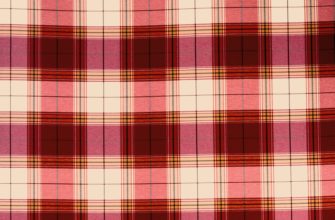When the word "Vologda" is pronounced, most often an association with lace arises. And this is not at all a coincidence. Vologda lace for true connoisseurs of luxury means elegance and beauty, and all thanks to the openwork airy pattern that is born in the hands of real needlewomen.
What is Vologda lace?
Vologda is a type of Russian lace woven on bobbins. The finished lace can be clearly divided into the main pattern and the background. The main ornament (contour) is made large, making it smooth in shape. The line is continuously drawn even in width throughout the lace.
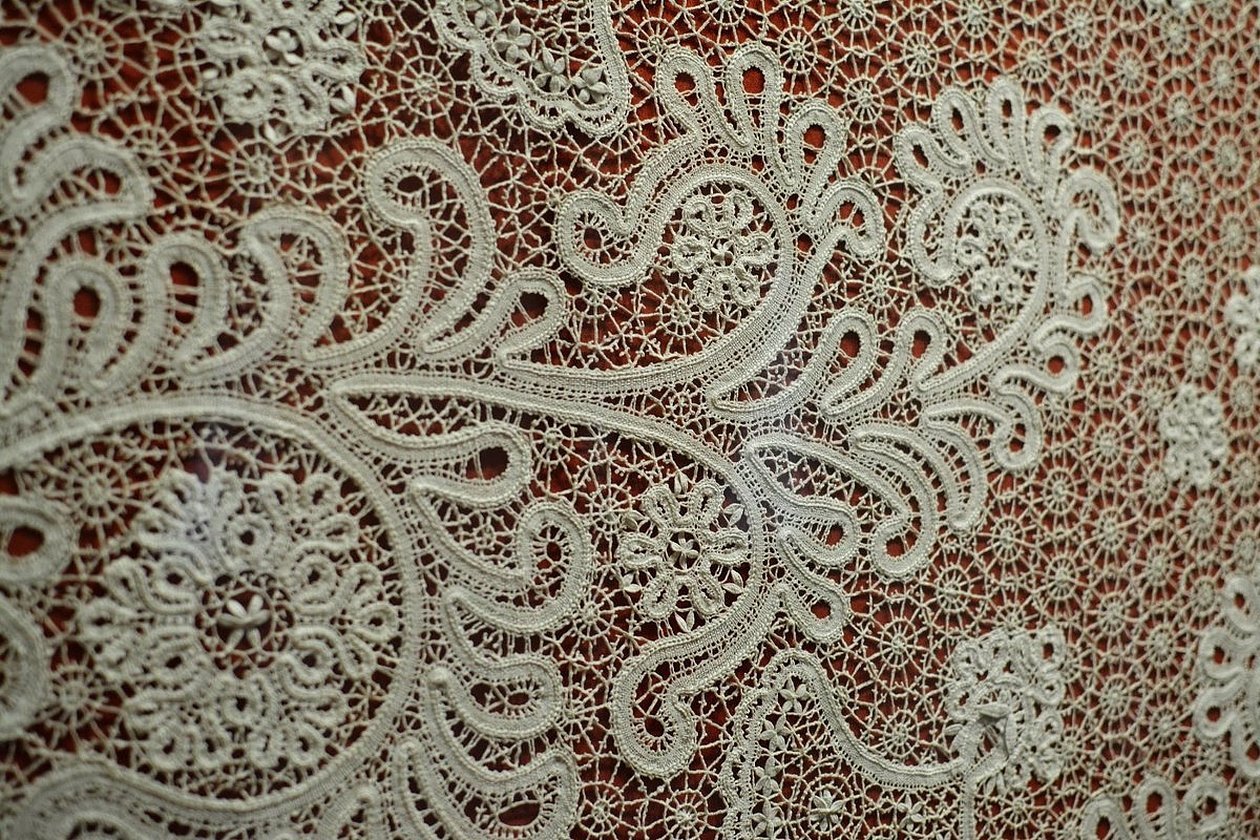
To make it you will need:
- bolster pillow;
- whooping bobbins (juniper or birch);
- pins;
- chip.
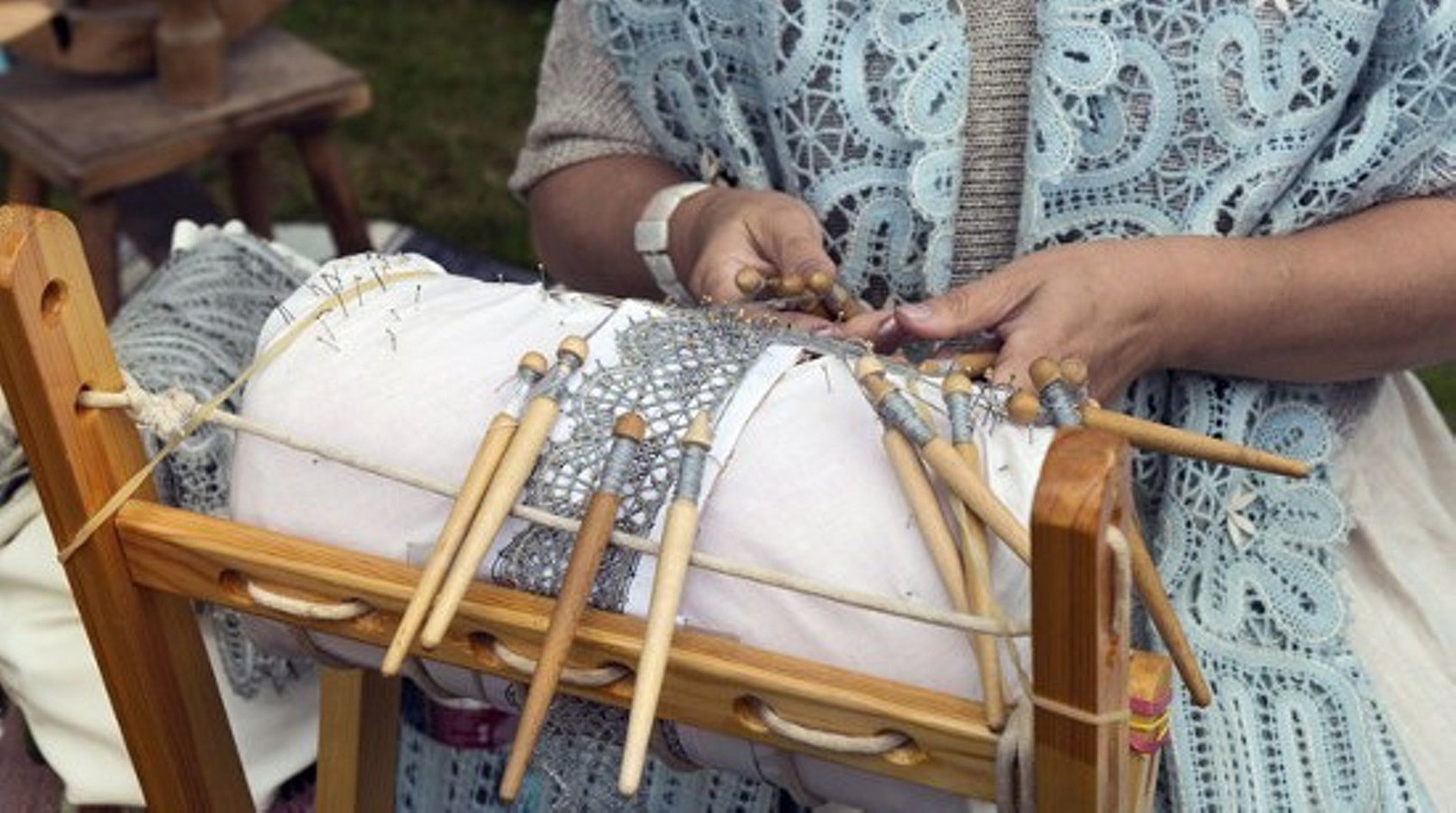
For your information! The word "lace" owes its origin to the verbs "to surround" and "to decorate". They decorated the edges of clothing (for example, round collars) or other items with elegant patterns. A large number of threads are used for weaving, sometimes up to 100 at a time. Most often, this is flax, cotton, but there are also unique items in which silk gold and silver threads are intertwined.
They decorate not only clothes, but also bed and table linen, ladies' handbags, as well as scarves, brooches and kerchiefs. Modern fashionistas even decorate felt boots with it.
History of Art
There is a version that the centers of lace art were Italy and Flanders, and it was from there that it came to other countries. Women of all classes have long been engaged in weaving in Rus': noble ladies and commoners wove openwork patterns. The first mentions of lace making in Russia date back to the 16th-17th centuries, but only after 1820 did it acquire the character of an artistic craft.
Why was it in Vologda that this folk craft was noted to have emerged? Most likely, the reason was the developed flax industry in these places, so local craftswomen did not have difficulties in the availability of material. In addition, trade routes passed through these areas, due to which the craft from Europe received such fame.
It was near Vologda in 1820 that the first lace factory appeared. It employed thousands of workers - serf girls. Later, factories began to appear in every district of the province. These factories became the main suppliers of lace to the capital of the country, St. Petersburg and Moscow.
At the same time, each district had its own special patterns and weaving methods. In the middle of the 19th century, A. F. Bryanceva and her daughter Sophia created their own special Vologda lace pattern, unique in its ornament and design. Subsequently, they taught this craft to several hundred people.
Please note! The heyday of the craft coincided with the abolition of serfdom. Lacemakers bought the necessary tools for their work, it was relatively inexpensive. They earned up to 20 pre-revolutionary rubles a year, but also worked without raising their heads, up to 16 hours a day. Girls began training at the age of five. Whole dynasties of lace masters appeared.
Vologda lace has received international awards:
- gold medal at the Paris Exhibition of Decorative Arts in 1925;
- Grand Prix in Paris in 1937;
- gold medal in Brussels in 1958
In 1960, the Vologda Lace Association "Snezhinka" was founded, and its leading artists were awarded the I. Repin State Prize of the RSFSR in 1968.
In 2010, the Lace Museum was founded in the birthplace of lace in Vologda, which is housed in a historic 19th century building. The exposition includes exhibition halls, a lace cafe, and a classroom where they teach the art of lace-making. On the second floor there are eight halls, which present the history of the famous lace in chronological order.
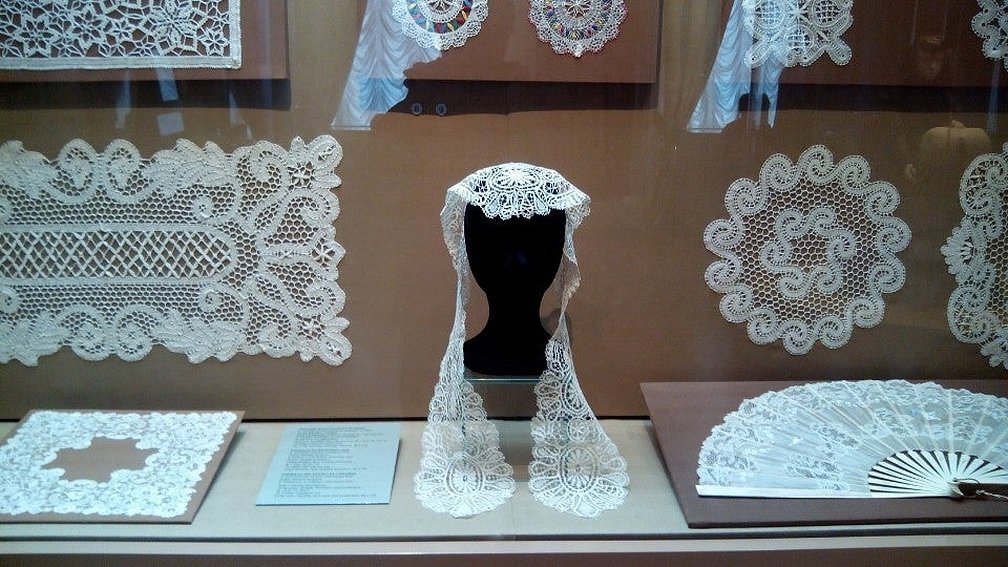
Types of lace
To create Vologda lace, you need to develop a pattern stencil or a pattern called a stencil. According to the technology of creation, there are two types:
- paired - the most complex. For it, the main pattern and background are woven simultaneously, in pairs, allowing for long strips of lace to be obtained, which are then measured and cut. When creating this type of lace, the number of bobbins reaches 300 pairs;
- coupling - the main elements of the pattern are made in the form of a ribbon, called a "willushka", and then connected to each other with a crochet hook, forming a lattice. The number of pairs of bobbins varies on average from 6 to 12.

Weaving technique
To create a quality product, you need to carefully and responsibly go through all the stages of lace creation. A brief list of stages:
- The very first stage is the creation of a pattern - a drawing of the future product. This is a very important process, which is trusted only to proven masters of their craft, professional artists. The drawing is applied to cardboard or thick paper in dots with the drawing of dashes - zigzags. The paper is fixed on a roller. The roller must be dense so that the drawing fits tightly, and the product turns out even and beautiful. On the pattern, dots are used to mark the places for pricking pins.
- Winding threads (linen, cotton) onto bobbins, and they are also connected in pairs.
- Pins are pricked in the places marked on the chip. They are located at characteristic points of the pattern and serve as a frame.
- When the pins and threads are ready, the craftswoman begins to toss the bobbins with threads in her hands, thereby braiding the pins.
- As the design progresses, the pins are moved to a different location.
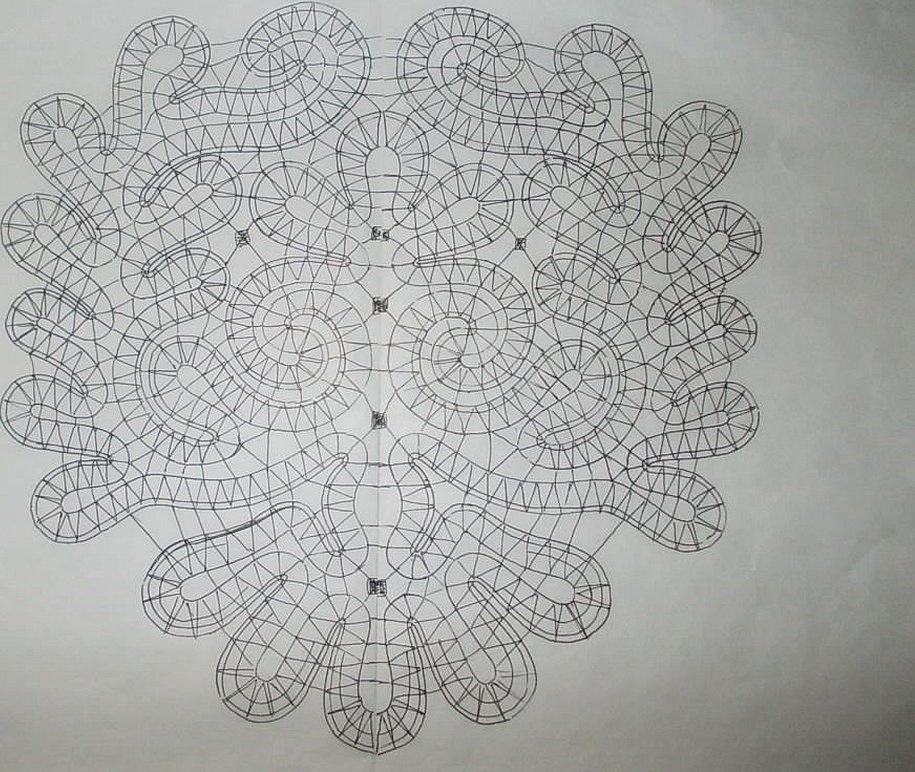
Important! The master's qualifications must be such that when looking at the drawing (chip) as a plan for future work, she immediately understands how many bobbins will be needed, what weaving techniques must be used, whether there will be local thickening of the thread. This is the engineering approach necessary to create a unique pattern.
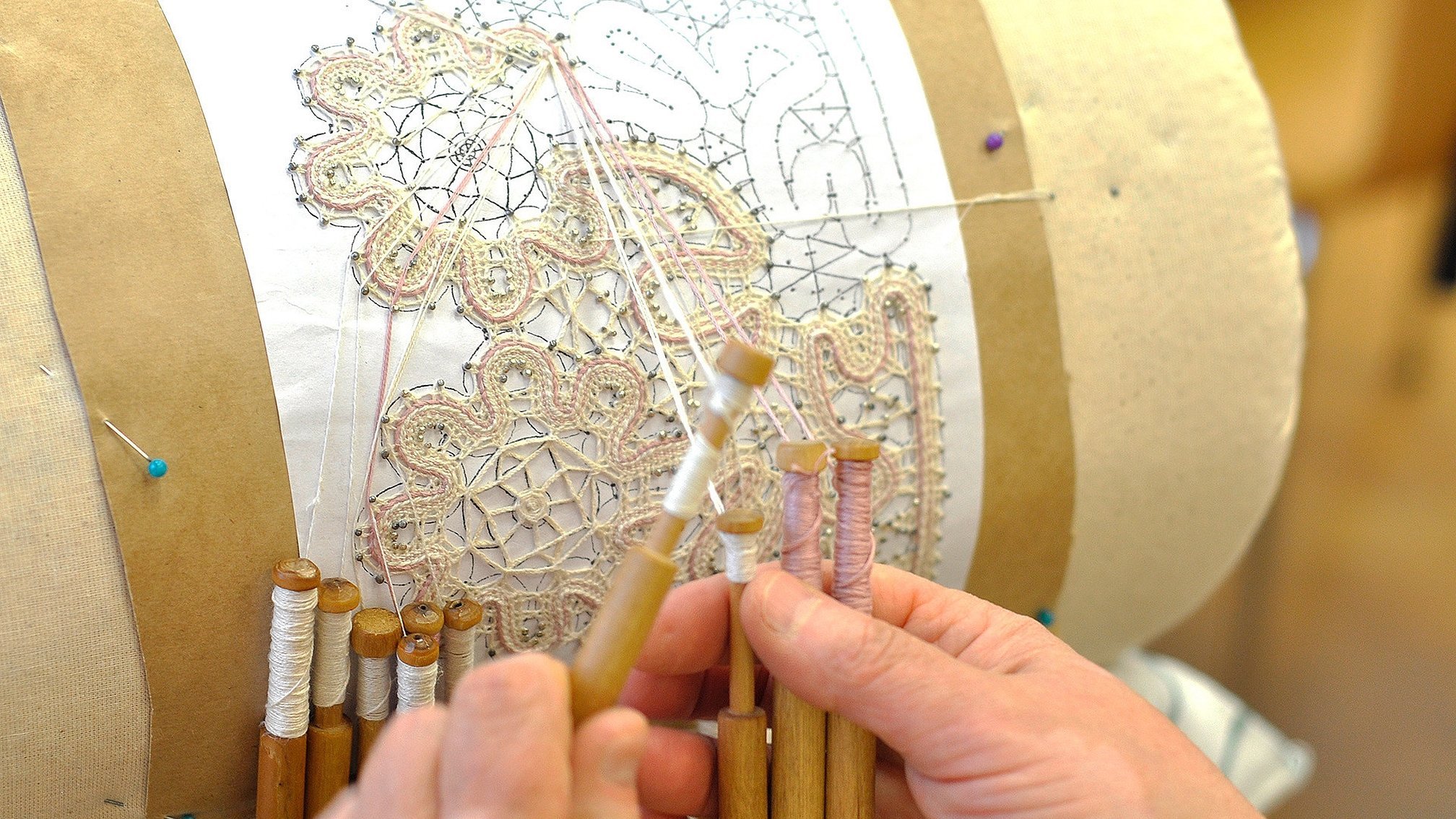
Elements of the pattern
The most important pattern of Vologda lace is a snowflake. It is possible that these symbols of the Vologda winter formed the basis of the lace painting that the masters reproduce.
Very often natural, plant patterns are used in the work. When lace was made to order, the lace maker tried to make a product with meaning, using the corresponding pattern.
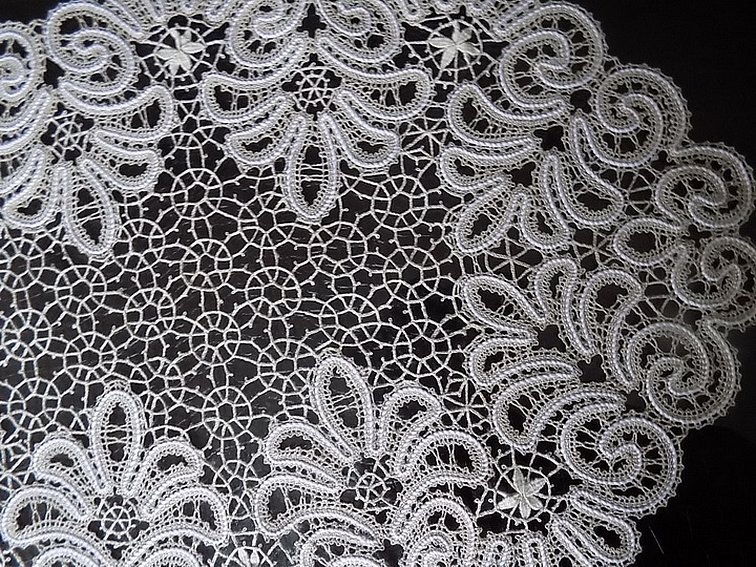
The oak leaf pattern meant protection and strengthened health. The spikelet pattern attracted wealth and success to the owner of the lace.

Bird plumage also serves as an excellent model for decoration: the swan signifies chastity and purity; the phoenix brings good luck; the peacock often appeared on lace commissioned by noble persons.
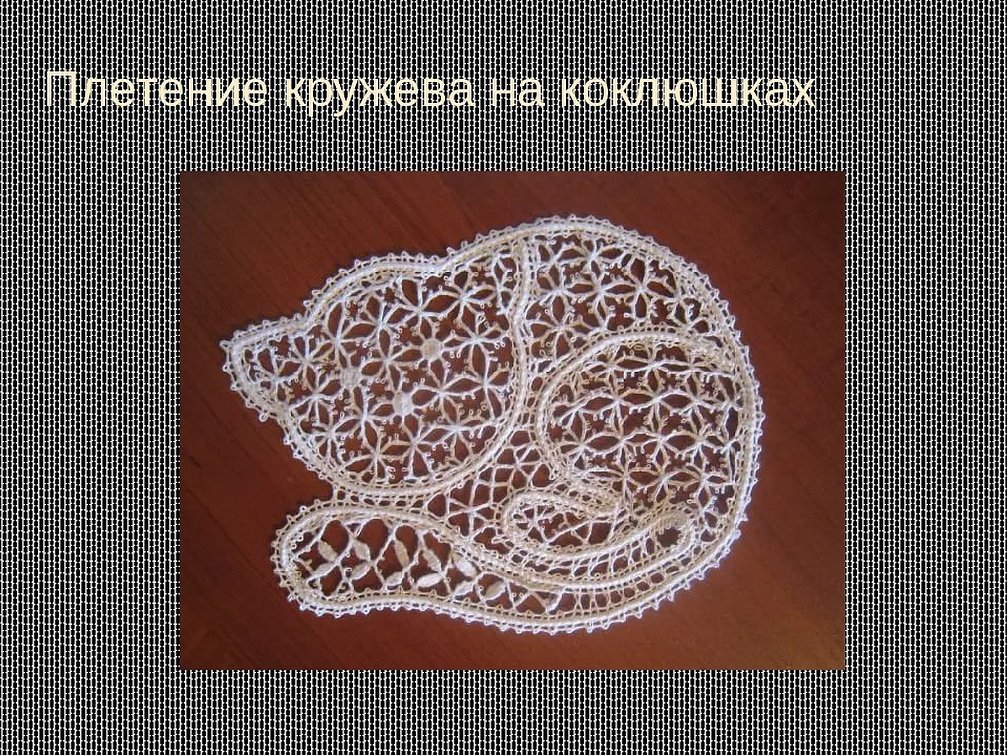
Geometric patterns, sacred temples, figures of horsemen and girls in kokoshniks, animals (cats, dogs, deer) - everything that surrounds a person becomes a pattern.
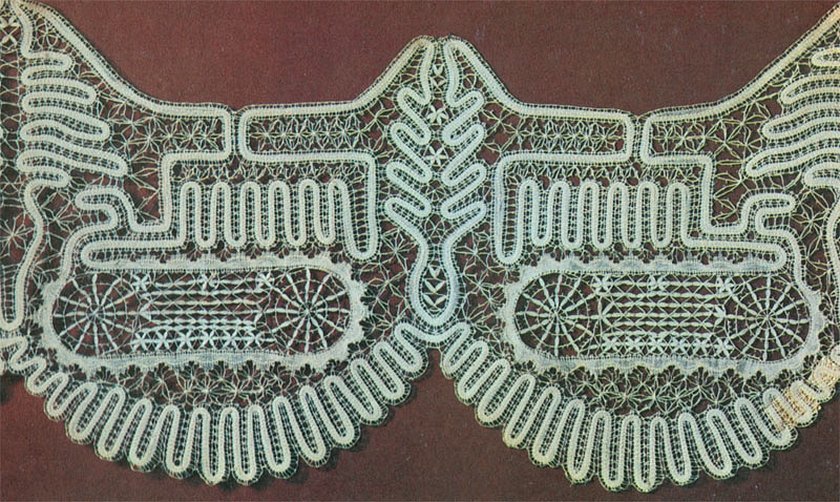
During the Soviet era, lace featured airplanes, tractors, and spacecraft. Even such elegant things were used to promote the Soviet system. A very successful solution, since Vologda lace was popular all over the world.
How to draw a chip yourself
Lace can be not only woven, but also drawn. Even a child can draw a simple pattern for a pattern, the main thing is to explain the basic principles.
For independent work, it is better to start with a simple product, for example, make a pattern for a square napkin. For the drawing, you need to take cardboard, preferably white, not very thick. For a beginner, it is better to draw with a simple pencil, then outline with a black gel pen or ink. The pattern is made in the full size of the future product. For beginners in lace making, it would not be superfluous to use millimeter paper, on it the pattern can be drawn in more detail.
First, a line should be drawn on the sheet, which forms a continuous pattern without intersections. Then a second line is drawn, which repeats all the bends of the initial one. Between them, broken lines are drawn, repeating the movement of the bobbins, and the points into which the pins will be stuck.
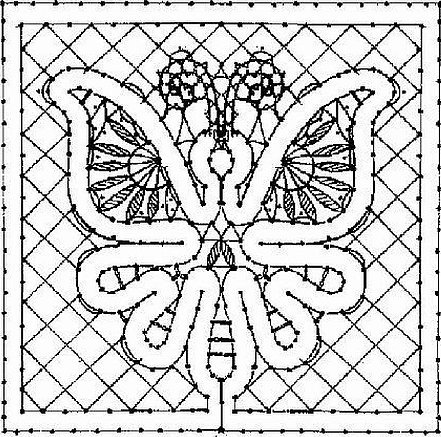
Lace is called a frozen song. Graceful interweaving of threads forms lyrical and tender images, which reflect the soul of the creators. To create a unique pattern, skill and many years of experience are needed, and it is never too late to start weaving!




